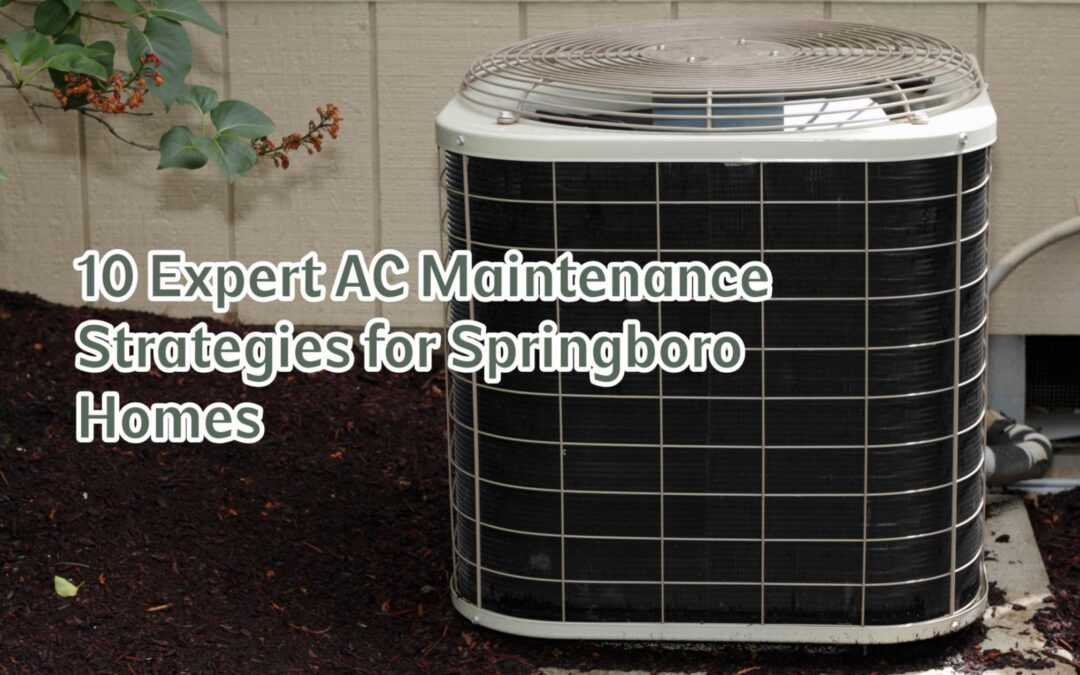In Part 1, we discussed the reasons why your Indoor Air Quality is important, and how Americans spend about 90 percent of their time indoors, where the air is reported to be up to two to five times more polluted than the air outside, even in major cities.
Now, in Part 2, we will discuss some of the different types of indoor air pollution and how they affect your health, well-being, mood, energy levels, and brain function.
Although household air pollution has improved in recent decades, it is still a far more serious health issue than most people realize. The World Health Organization reports this is especially true in low-income areas where the risk is the greatest.
Types of Indoor Air Pollution
Have you ever wondered what types of pollution is floating around in the air you’re breathing in your home?
Although household air pollution particles cannot be seen by the naked eye, there are a wide range of different types of pollutants floating around within the average home. The following is a list of the most common types:
- Smoke from cigarettes
- Mold
- Mildew
- Waste from pets, like dander
- Dust mite waste
- Other kinds of dust particles
- Toxic chemicals such as pesticides
- Pollen, grains and grasses
- Dangerous gases like radon and carbon monoxide
- Waste from fuel-burning appliances and wood burning stoves
- Volatile Organic Compounds, or VOC’s
- Furnishings and building materials from construction, home repairs
- Degraded insulation with asbestos
- Products for household maintenance, cleaning, hobbies and personal care products
- Outside pollution coming inside
- Food particles and pollutants from cooking
In What Ways Does This Affect Me?
Various particles from household air pollution float around in the air in your home, and also can be transported by pets; they can lodge themselves into rugs, furniture, and carpets; from there, they can become airborne again. When a homeowner doesn’t have sufficient air filtration and ventilation, these pollutants can become an issue, if they are not yet an issue already.
The health implications of household air pollution can manifest immediately, or it could take years to notice them. All of this depends on your current state of health, and the types of particles being inhaled, as well as the effectiveness of your home’s current ventilation and filtration system.
Immediate Effects
Some health effects are manifested immediately after a person breathes this stuff in. Among these effects are symptoms like fatigue, dizziness and headaches. They can also irritate the throat, the eyes, or your nose. Often, when a person is exposed to certain air particles, symptoms of allergies might appear or appear to worsen. The same is true of asthma symptoms.
The Long-Term Implications
The long-term implications of repeated exposure to certain types of household air pollution can be fatal. Health officials say certain effects are manifested only after years of repeated or constant exposure. If certain types of toxins or gases or particles in a home are bad and nothing is done about it, it is known to cause respiratory problems, cancer and even heart disease.
HAVE YOU TESTED YOUR HOME’S AIR?
We at Springboro Heating & Cooling care about your health and comfort. We understand that some of this information, which is reported from the EPA and the WHO, might seem alarming. We are NOT trying to use scare tactics in the least. We are merely trying to raise your awareness because the more you know, the more proactive and prepared you can be. The biggest part of preparation is being proactive in identifying and eliminating any and all known sources of pollution in your home. This starts by having the air in your home tested. For more information about air quality testing, or to make an appointment to get the process started in your home, please give us a call at 937-600-6834, or click here to schedule one now.
We would love to hear from you, and look forward to working with you to make your home not only comfortable year-round, but also safe and healthy.
Indoor Air Quality 101: Part 1







